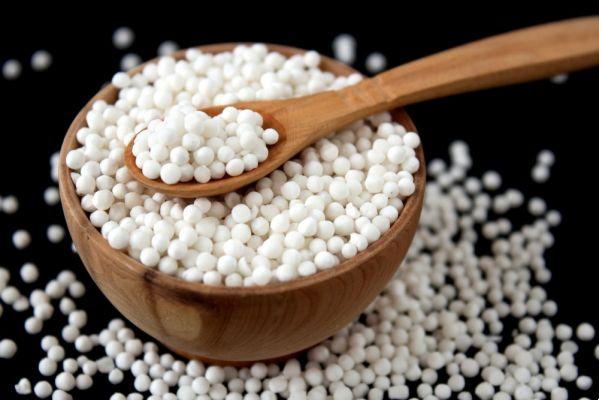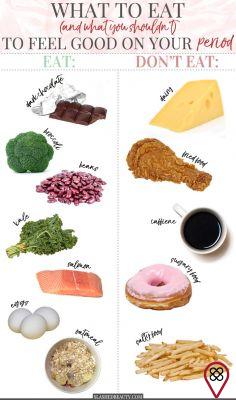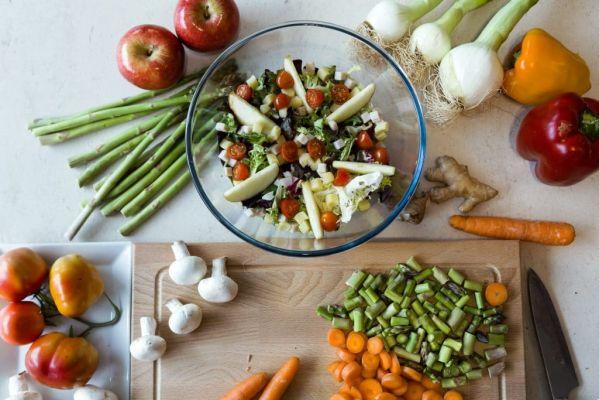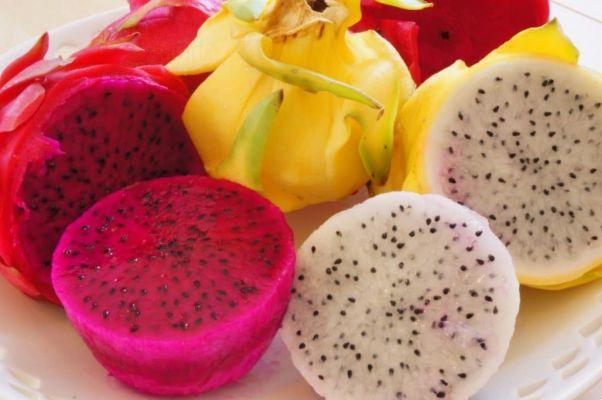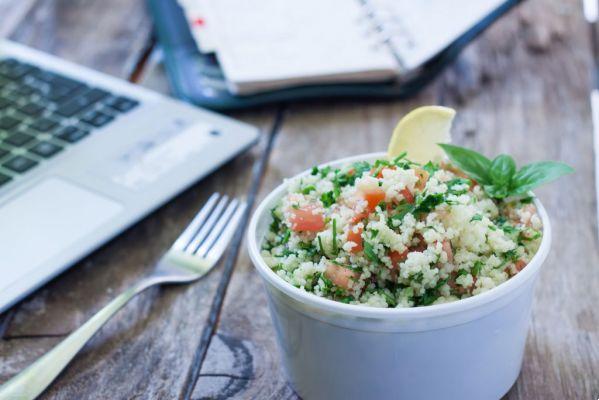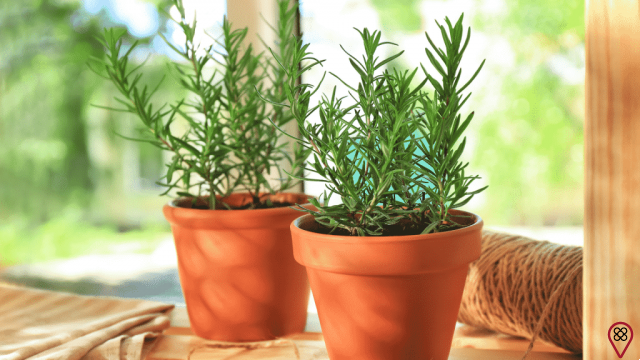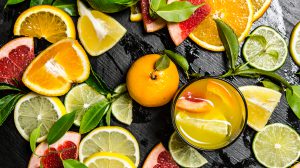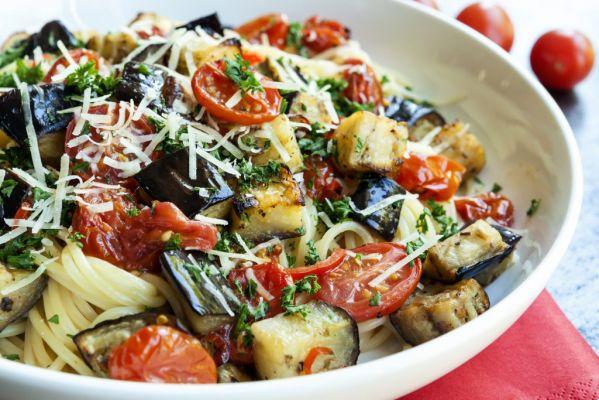
Commonly confused with basil because they are part of the same family, basil is a plant native to Africa and Tropical Asia. Widely used in the cuisine of several countries, this plant has numerous medicinal properties that draw the attention of those who seek in its use treatments for some diseases and pain relief.
Also known as basil, basil is 30 to 50 cm tall and is grown in a large part of the Spanish territory – with greater cultivation in São Paulo, Rio de Janeiro and Ceará. Easily accessible, this medicinal plant can be found in supermarkets and food stores or organic and natural herbs. Its consumption is from its leaves, fresh flowers, essential oil and seeds.
Keep reading the article and be amazed by all the benefits of this plant. We will still teach you here some efficient recipes for the treatment of some health problems. Check out!
What is alfalfa?
Basil is a plant or herb belonging to the Lamiaceae family and extremely famous in cooking for being "owner" of a remarkable aroma and flavor. As mentioned before, in addition to being an ingredient in the cuisine of several countries, it is considered a medicinal resource – more traditional in India. In addition to these uses, basil is usually an ingredient in the composition of perfumes, soaps, shampoo, among other cosmetics with health benefits.
What is basil used for?
Because it contains several substances important for human health, such as iron, copper, potassium, amino acids, calcium, lysine, vitamin B9, vitamin C, vitamin K, cystine, among others, its forms of use can prevent and treat many diseases of our body. Discover some of its benefits below!
- Helps in cancer prevention: consumption of basil benefits the activity of antioxidants in our body, which causes it to act in a way that the risks of our cells becoming cancerous are significantly reduced;
- heart health: basil seeds have the power to lower the bad cholesterol content of the bloodstream (LDL). Because it contains potassium, it ends up having a hypotensive objective. The plant also relaxes the tension of blood vessels and arteries, reducing the pressure that affects the heart and, therefore, decreasing the chances of stroke and heart attack;
- Controls blood sugar: the oils contained in basil help the pancreas to properly produce insulin more effectively, thus controlling blood glucose levels;
- Reduces swelling and inflammation: plant extracts act as anti-inflammatories that reduce inflammation and swelling in certain disease treatments;
- Anti-aging action: basil contains properties that help prevent factors that cause the apparent aging of the skin, as it contains important antioxidants;
- brain health: basil slows down the degradation of the brain, as it contains manganese, which is responsible for boosting and improving the functioning of its transmitters – and it also stimulates our mind and benefits our brain functions by containing copper;
- Antibacterial effect: we know that bacteria can be found on just about everything, but especially food. Basil contains numerous oils that inhibit the growth and permanence of harmful bacteria, thus acting as a valuable antibacterial plant.
These are one of the main benefits of basil, but it is still used to relieve gastrointestinal discomforts, to treat colds, coughs and respiratory diseases – in addition to, of course, being a beautiful ingredient for cooking, as well as an ingredient in cosmetics world.
Contraindications of basil
All medicinal plants have active principles that can cause damage to health. There are no contraindications of basil as a seasoning in foods, because, in this case, the amount of consumption of the plant is very moderate. On the other hand, the indiscriminate use of infusions or internal use of its oil can present toxicity not only due to the biochemical agents and the life stage of the plant, but also due to factors associated with the soil, the moment of collection or the person who uses it.
The study “Use of medicinal plants by diabetic and/or hypertensive adults in a basic health unit in the city of Caucaia-CE, España”, published in the Fitos da Fiocruz magazine (v.14 n.3 – Rio de Janeiro, 2020), however, pointed out that the infusion of leaves, flowers or twigs of basil ocimum gratissimum has a hypoglycemic action by increasing the release of pancreatic beta-insulin, not presenting hypotensive action.
Despite this, Rodrigues and Sobreira Rosa et al. in their studies on the use of medicinal plants by diabetics, they emphasize that indiscriminate use can lead to untimely results, since each plant has its particularity in terms of dosage and bioactive compounds. It is always important, therefore, that diabetics talk to their doctor before using basil infusions, mainly because there may be unwanted drug interactions, especially when concomitant with insulin, sulfonylureas and other antidiabetic agents.
On the other hand, basil ocimum basilicum, because it contains rosmarinic acid, a potent cardioprotector, strongly preserves the myocardium against infarction and has an anticoagulant effect. On the other hand, according to the research article “Lamiaceae in the treatment of cardiovascular diseases”, published in the journal “Frontiers in Bioscience Landmark” (October/2020), the hypotensive action is from another plant of the Lamiaceae family, in this case Ocimum sanctum L, which refers to holy basil.
In the case of pregnant and lactating women, Sena Filho et al. (2009) contraindicated the use of basil (ocimum basilicum) due to the presence of acharhol, which has genotoxic, carcinogenic and mutagenic effects. Furthermore, Rasek et al. (2012), through a pre-clinical test with rats, concluded that the hydroalcoholic extract of ocimum basilicum caused a reduction in hematocrit, platelets and the number of erythrocytes, important blood cells.
What is the difference between basil and basil?
Because they are from the same family, basil and basil are very similar. In fact, they have minimal differences! The so-called basil, or true basil, has very shiny, small and rounded leaves. Its flowers are white and are born at the base of its leaves. It has an intense aroma and a considerable bitterness in the flavor that refers to cloves. Its size can reach 0,5 m. Basil, also known as sweet basil, has matte, soft, wide and serrated leaves. Its flowers are white, extremely small, located at the top of the plant in the form of clusters. It also has an intense aroma, but its flavor is delicate, with citrus notes. Its size is three times that of basil, reaching 1,5 m in height.
How to use basil?
Basil can be used in countless ways: as a seasoning in recipes, as an essential oil, as an ingredient in teas or drinks, it all depends on your purpose when consuming it! See some tips:
- If you want to promote healthy eyesight, such as reducing eye strain after hours in front of a computer, for example, chew some basil leaves or make a juice with them;
- To improve your oral health, use a little basil powder in your toothpaste when brushing your teeth;
- To soothe simple cuts or wounds, crush basil leaves and apply them to the area. By having antibacterial, anti-inflammatory and antiseptic properties, the crushed leaves will accelerate healing;
- If you have a sore throat, prepare a tea with fresh basil leaves and gargle twice a day;
- To relieve anxiety, make basil tea and drink it before going to bed;
- If you suffer from acne, make a strong juice with the leaves of the plant and apply it with a cotton pad on the areas of your face, as the properties of basil will help to destroy and eliminate the bacteria there.
Now, if you want to enjoy the flavor at mealtimes, season meats, salads, sauces and whatever else you want with fresh, powdered or dried basil!
What types of basil and which ones can you eat?
As previously mentioned, basil is often confused with basil, as both are from the same family. They are practically the same plant, but with different names and small details. Discover the three types of basil:
- Alfalfa/Sweet Basil: the most common in España, it can be consumed without guilt! It is usually an ingredient in the preparation of salads, pizzas, fish, meats, soups and sandwiches;
- Alfalfa atroveran: this type of basil is intended for medicinal use only! Its functions are soothing, carminative, fortifying, among others, which come from different preparations, such as oils or aromas – not ingested;
- Alfavacão: Also known as carnation basil, basil is a variation of basil that can be consumed mainly for the treatment of flu or diseases of the respiratory system. Its use is from the preparation of teas!
There are countless other types of basil that can be consumed normally, especially those that are present in the kitchens of those who love an aromatic seasoning!
What is basil tea and how to prepare it?
The basil tea is a great ally in the treatment of discomforts and diseases of the human body. Commonly, it is used to treat colds, flu, to aid digestion, prevent constipation, prevent aging, reduce anxiety, improve immunity and even be an aid in the treatment of depression.
Basil is an extremely accessible plant and very easy to prepare and consume. A few leaves are enough to make a tea full of benefits of this medicinal plant for our health. Just heat water and, off the heat, add approximately five basil leaves. Let it infuse for about 10 minutes, remove the leaves and drink!
Alfalfa as a cosmetic
The basil essential oil has wide cosmetic applications and can be used in the production of perfumes, fragrances, deodorants, toothpastes and mouthwashes due to compounds such as linalool, caryophyllene, alpha-pinene and borneol (MAIA, ZOGHBI and ANDRADE, 2001). In addition, it can be used in immersion baths, in foot baths, in bathtubs and saunas, always diluted.
As it has astringent, antibacterial, antifungal, antioxidant and antiseptic properties, basil can be applied to the hair in the form of a creamy infusion, prepared as follows: For every 250 ml of boiled water, add two tablespoons of basil, cover and leave cool down. Hit the blender and apply the paste on washed hair, leaving for 10 minutes. Rinse with plenty of water. Repeat three times a week. In addition to protecting the scalp against the action of fungi, which helps to prevent seborrheic dermatitis (dandruff, seborrhea), the astringent action deeply cleanses and allows hair to grow healthy and strong.
Likewise, the essential oils present in fresh basil leaves have antioxidant properties that help the skin stay youthful. And because it has astringent properties that unclog pores, antifungal and antibacterial, it contributes to the healing of acne. Thus, a cold tea can be applied to the skin. Do it this way: let a spoon (dessert) of the leaves rest in a covered infusion with 250 ml of boiled water until it cools. After spreading on the skin with a cotton pad, rinse well and dry with a soft towel. Repeat daily.
How to grow the basil plant?
The basil plant reproduces from seeds or branches, and its planting can be carried out throughout the year, but mainly during the spring. The perfect climate to grow this plant is a warm climate with very well-draining soil. Each plant must be distant from each other with about 50 cm between them, being irrigated only if there is a shortage of rain. When the flowers start to appear, the harvest can be done!
Recipes with basil
1 – Relaxing basil juice
In addition to benefiting from the properties of basil, this juice has a calming effect because it contains passion fruit, which is a fruit rich in flavonoids and alkaloids that act on the nervous system promoting a feeling of relaxation.
Ingredients
- 300 ml of coconut water (or filtered water);
- 01 tablespoon of honey;
- 04 basil leaves;
- Juice of a squeezed Tahitian lemon;
- Pulp of a passion fruit.
Preparation
Blend all ingredients in a blender, strain and serve at room temperature (but you can also serve chilled).
2 – Basil sauce
Full of flavor, this sauce is perfect to accompany pasta or pizza!
Ingredients
- 25 fresh basil leaves;
- 01 cup of alcohol vinegar tea;
- 1/2 cup of oil;
- 01 can of tomato paste;
- 01 large chopped onion;
- 01 clove of garlic;
- Salt, oregano and pepper to taste.
Preparation
Blend all the ingredients in a blender, place the mixture in a pan and boil for five minutes. Remove from heat and you're done!
3 – Basil oil
Want a seasoning for cold salads and meats? This is the perfect recipe!
Ingredients
- 50 fresh basil leaves;
- 500 ml of olive oil;
- 01 small branch of thyme;
- Black pepper and salt to taste.
Preparation
Put all the ingredients in a food processor or blender and blend them for 10 seconds, just so that the flavor and aroma of the herbs are extracted – the intention is not for the leaves to be completely crushed. If you want to strain the recipe, it is a valid option. But the best thing is that you put the oil in a container with a lid and keep it in the fridge, with the pieces of basil and thyme still visible.
You may also like
- Discover ways to treat low blood pressure
- Discover the plants that mosquitoes hate!
- Learn tips on how to make a vegetable garden at home
Surely you still didn't know all the benefits of basil, right? Now that you know that this medicinal herb can promote health to your body, include it in your diet or in the treatment of the problems mentioned in the article. Always remember: to include basil in any medical treatment you are already taking, you must consult a doctor to inform him of your desire to enjoy the benefits of this plant.
Note: the consumption of basil for medicinal purposes is not recommended for pregnant women who are in the first three months of pregnancy – it is always worth mentioning!






